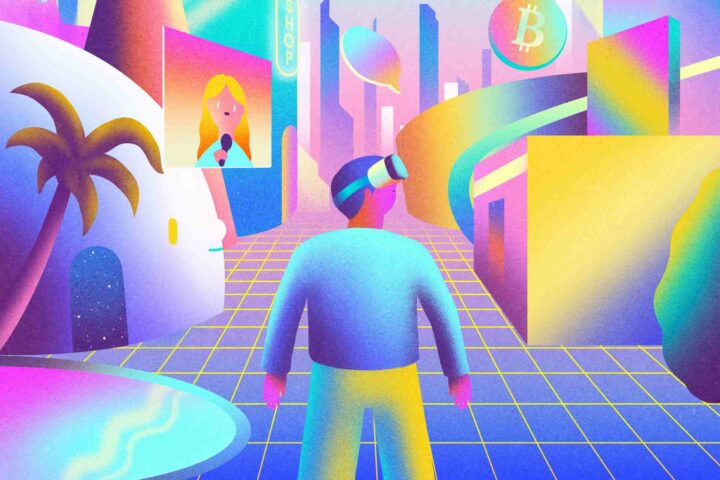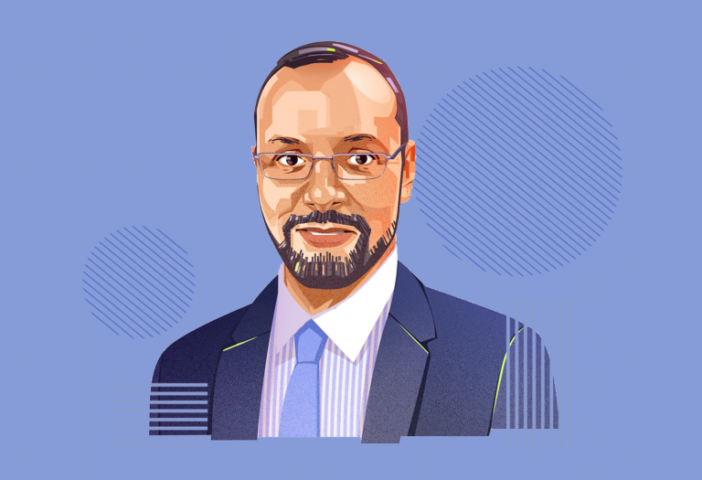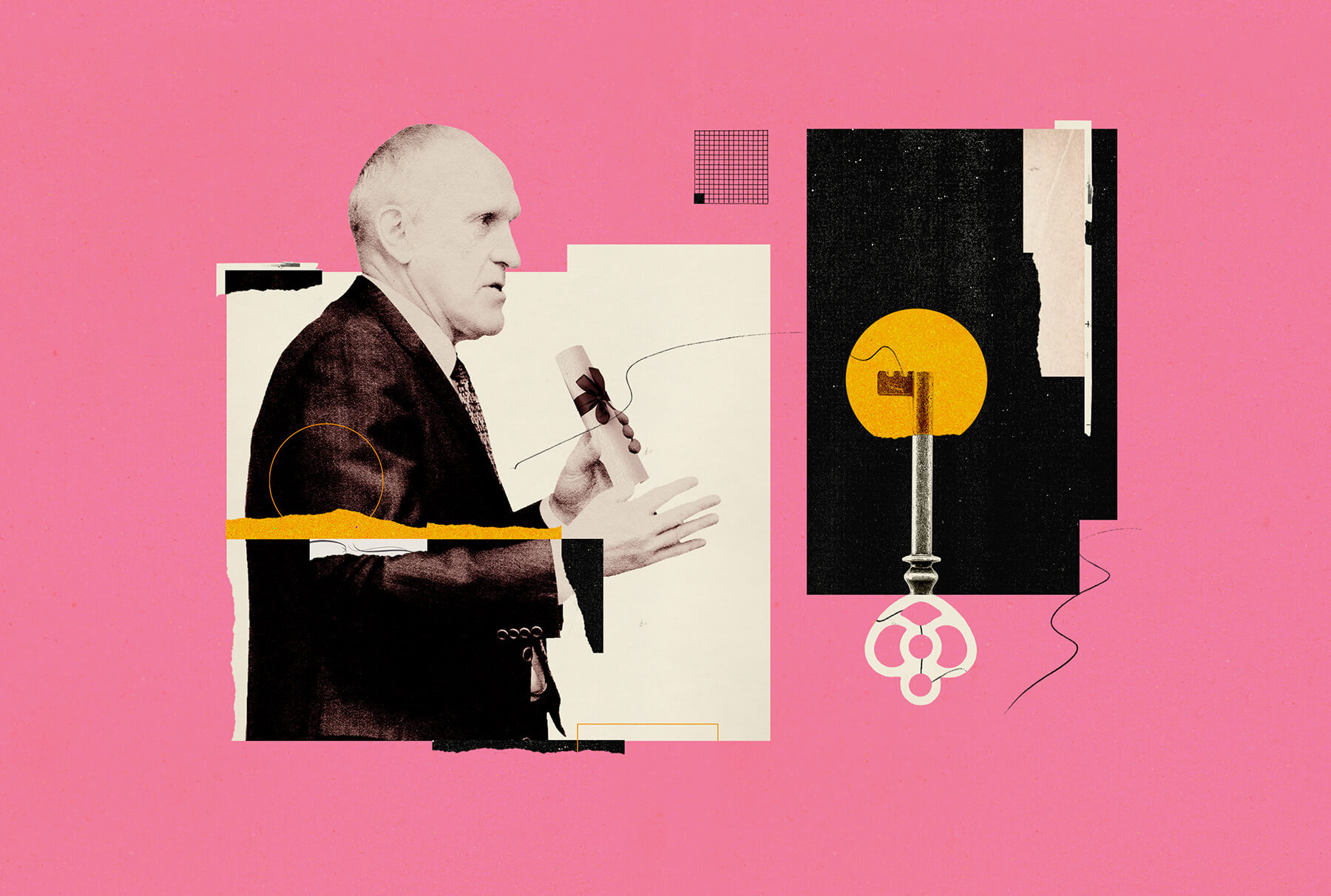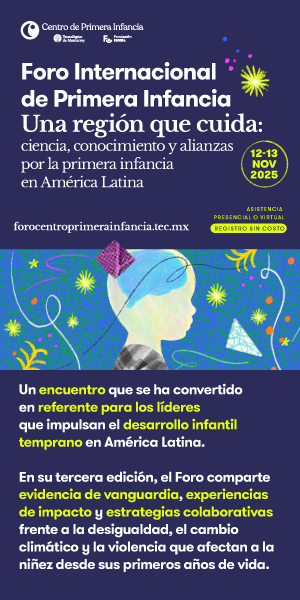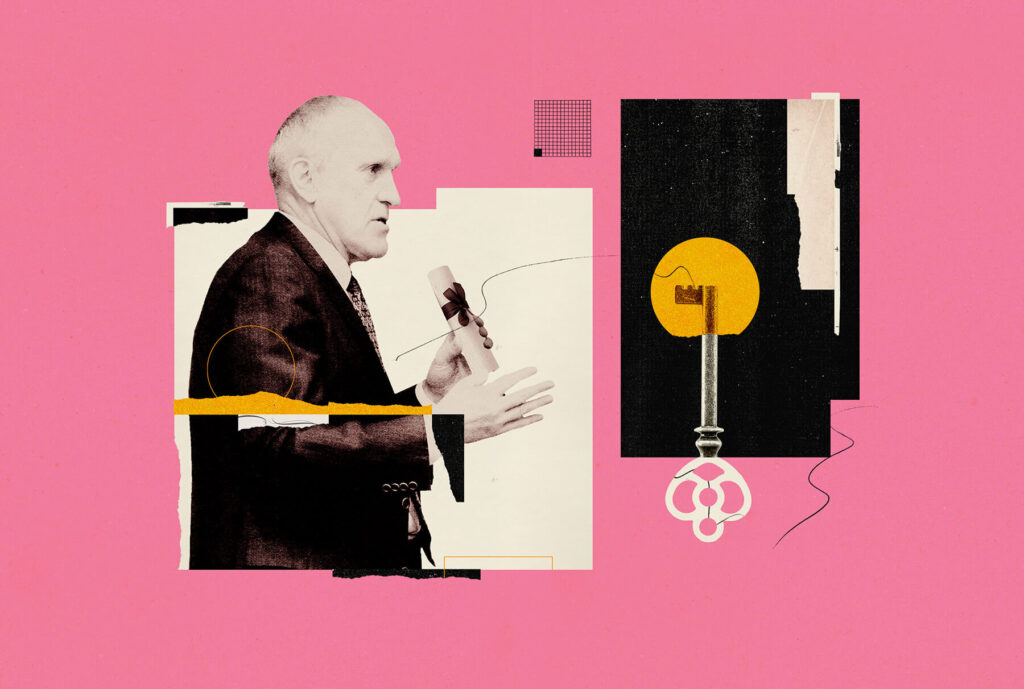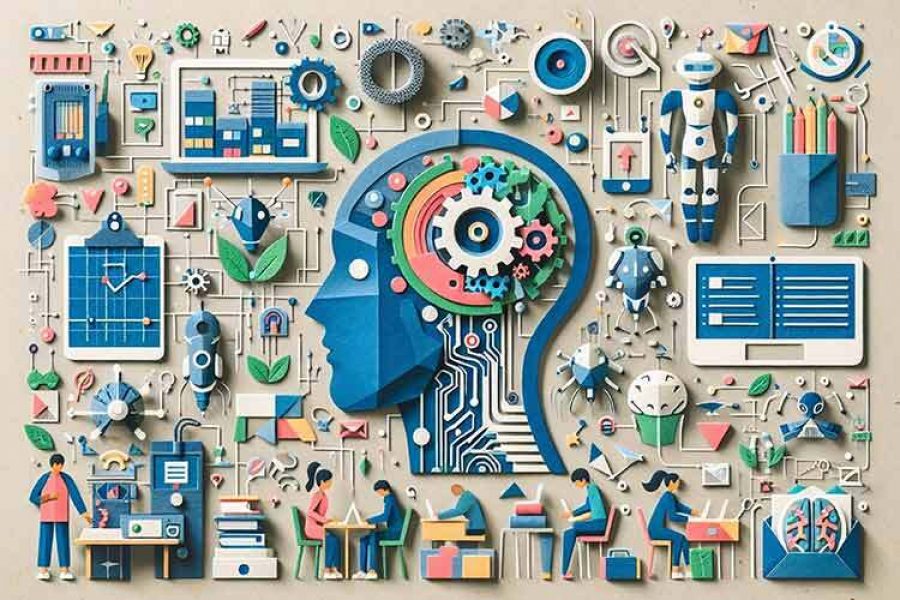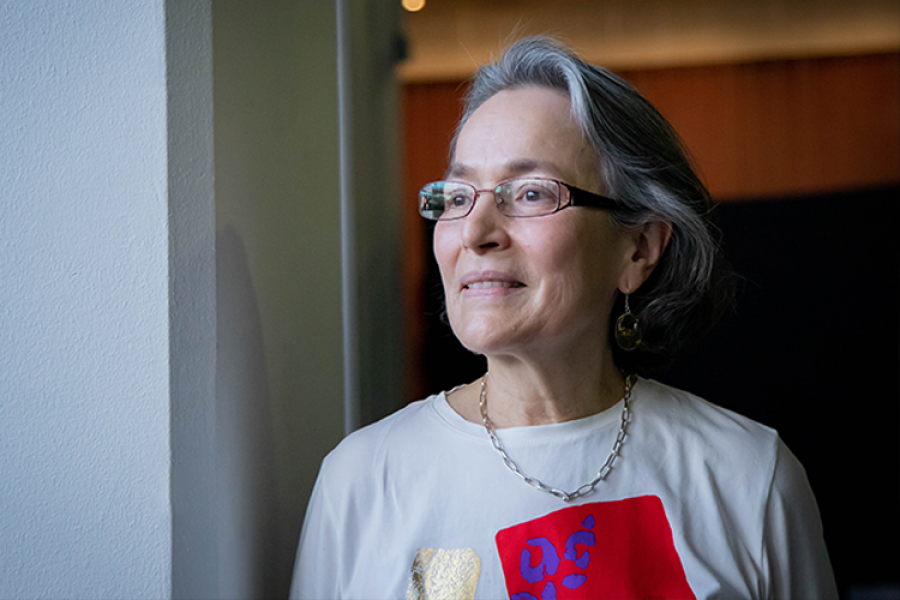Look at Twitter now. In a few years, this will be the classic version, with short texts on our timeline, on our computer screen, but there will also be the metaverse version, where we will be able to see tweets floating above our heads. With a physical movement, we’ll be able to switch to different platforms such as Snapchat or TikTok in a world with videos in virtual or augmented reality.
Different virtual networks targeting different generations: this is the vision of George Siemens, a professor at the University of Texas, Arlington, in the United States and Director of the Learning Innovation and Networked Knowledge Research Lab of the same institution.
He’s famous (and controversial) for the connectivism theory he introduced in 2006, which anticipated the inclusion of technology as part of how we distribute knowledge and learning. In an interview with Tec Review during the International Conference on Educational Innovation (CIIE for its initials in Spanish), Siemens warns that future generations will aim for safer and fairer virtual spaces. That’s the challenge of the metaverses.
It won’t be easy, as the risk of these virtual worlds will be the cost of creating them: the gap between rich and poor will become wider, as technology isn’t cheap.
Higher bandwidth and more devices will be needed, which doesn’t yet exist in many countries for the technology we use every day.
George Siemens warns about the risk of new technology
How will the metaverse contribute to the learning process?
We don’t know yet. In some places, the metaverse will come too soon. I was talking to a colleague about the effects that social media has had on mental health, particularly the Instagram effect, which is when young women compare themselves to others.
We concluded that future generations would see the relationship between social media and mental health as we came to link smoking with cancer. They may ask, “Why did they let something like this happen? Why did they allow these backward comparisons to exist?”
When we walk in nature, among the trees… there is a physiological change inside our bodies. Our heart rate slows, and our stress goes down. Almost everything that happens in those gaming environments is the opposite.
They’re designed to excite, stimulate, and engage us. So, we don’t know how the designers of these metaverses will adapt to those human conditions, but as we already know, Facebook, Twitter, and other platforms always make decisions based on likes and engagement, sacrificing physical and mental health. I think the same will happen with the metaverse.
Will we evolve from these “traditional” social media platforms to another kind of interaction on the internet?
It may be more comfortable for the next generation. The people who started on Facebook and Twitter in 2004 and 2005 are not usually on the latest technologies such as Snapchat or TikTok.
That’s why I think it may be possible that dual spaces will emerge, where people interact with more traditional technology and another space that benefits from better coordination between the two. And I’m curious about how much movement there will be. I don’t use TikTok, and I don’t have any interest in using it, but many young people do. It doesn’t solve any of my problems, but they might just tell me, “Maybe you’re not a fun person because TikTok is fun.”
What do you think of the TikTok phenomenon?
There are many people dancing, but there are others giving lessons… There are a lot of people exploring different things in these spaces. And everyone gets interested in what catches their attention.
That’s the way I see it. Whenever humans connect with each other, they can teach and learn as well.
But the interesting thing is that now the networks are connecting. I can see TikTok videos on Twitter… I don’t need TikTok to see the content of that network. What I mean to say is that we can move from one space to another.
And that’s the idea of the metaverse.
We move from the physical world to a digital one and vice versa. Maybe, in the future, we’ll have a classic text Twitter for people who consume text and a more interactive one, where the tweets will be floating, and we can switch to Snapchat. The reality is that it may be overwhelming for some, but it won’t be for children and future generations.
How soon will we have this technology?
Will these complex metaverses exist in the next five years?
Maybe faster because the infrastructure is already there. The optical devices are already there, we can feel stimulation in our bodies when we interact in these universes.
The world of augmented and virtual reality has exploded in recent years. In some cases, the devices for the metaverses are already there (but they’re rudimentary ones). The infrastructure that is being developed for them by big companies is going to be next level.
I think they’ll get there, but the challenge I foresee for schools and universities is the cost it will have.
The challenge lies in overcoming physical and digital barriers and achieving integration, as well as integrating these metaverses.
In fact, we’re already seeing it: medical students already practice in physical and virtual spaces. The metaverse is really a marketing tool to name something that is already happening in many scenarios.
If this technology is too expensive, could it only be for developed countries? Could it widen the educational gap?
That’s a good point because it will cause that. It will create a gap between the rich and poor, whether it’s nations or people. We live in a global economy, and there are regions in poor countries that have a wealthy and extravagant lifestyle. They’ll have access to technology and opportunities that others won’t in other areas. We see that already, in general, with video and cell phone technology. In many parts of the world, we already do things effortlessly from our phones, but someone in a remote region of Nepal can’t do that because the infrastructure doesn’t exist. The metaverse is going to have many infrastructure challenges: one is technological, because we’ll need more bandwidth, hardware, and access to devices, but the other will be social because it’s another space, where it’s going to take time to feel comfortable.
How can universities help improve this access?
Universities are different from other parts of society. We share our innovations more openly.
We can go to a conference and hear about the innovation that someone created. So, the problems that universities will face will be more in the economic sense than in the social one because there is a global practice of knowledge development.
I think we saw this, more recently, with the Covid-19 vaccines. Many developed countries have higher vaccination levels than some of the world’s poorest countries. That kind of economic inequality, which also represents technological inequality, is an opportunity to learn.

